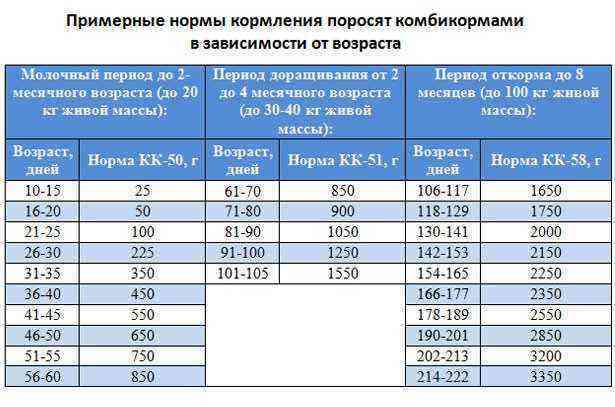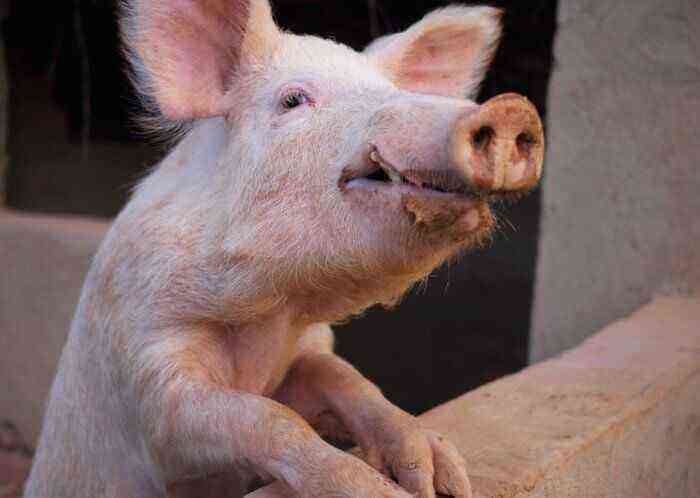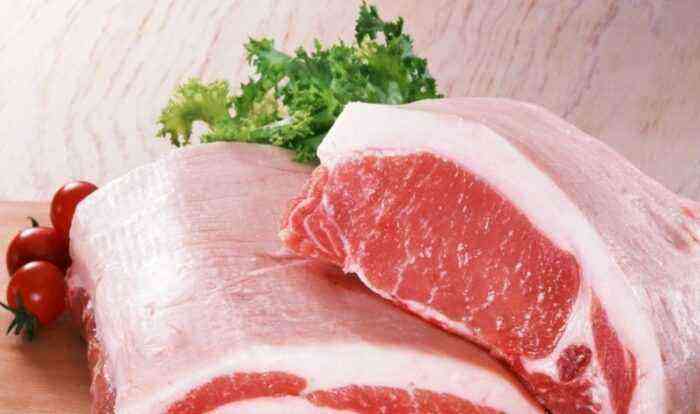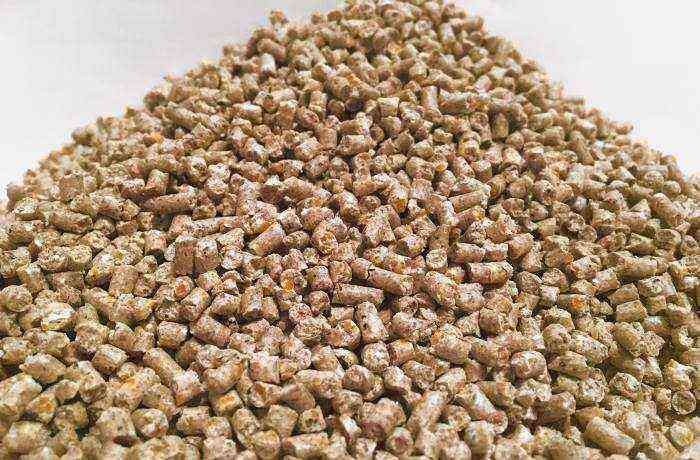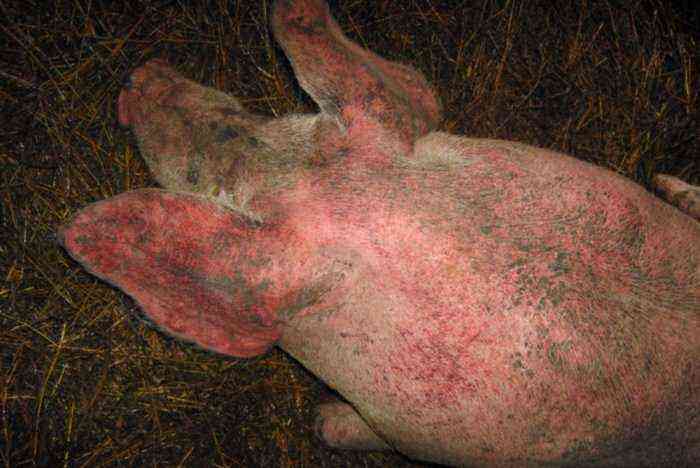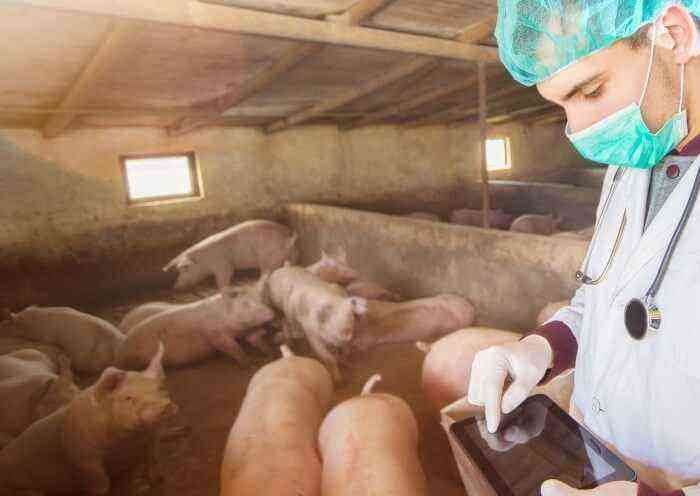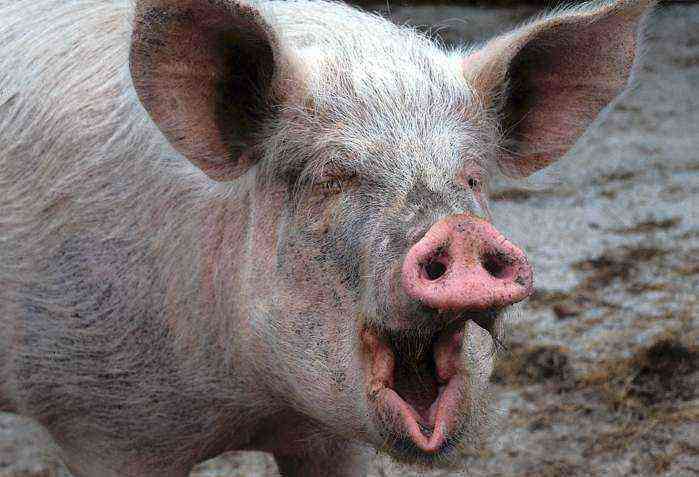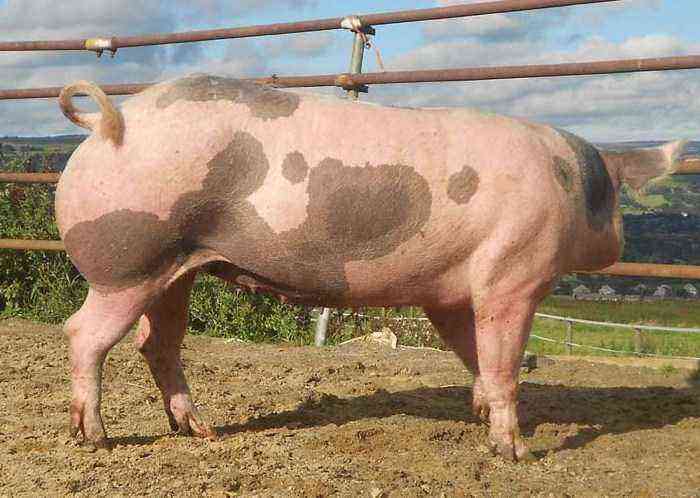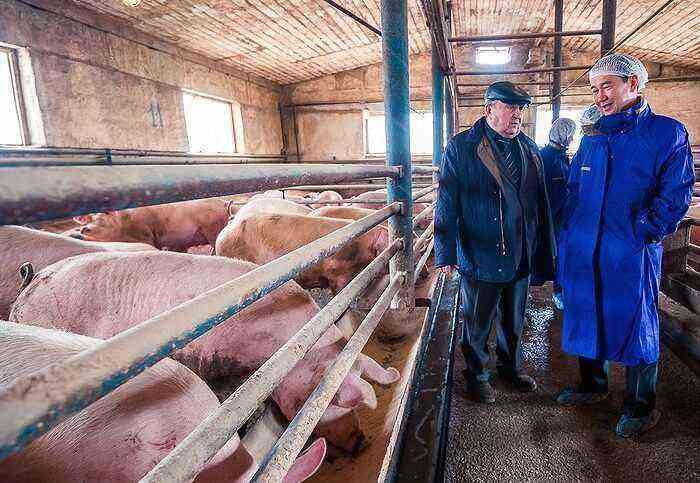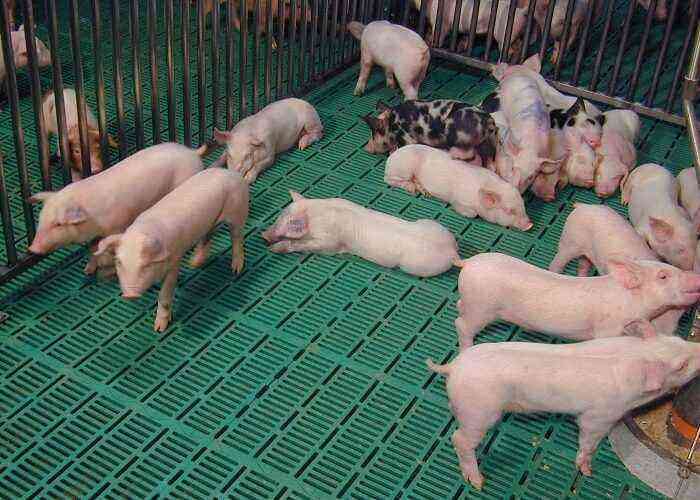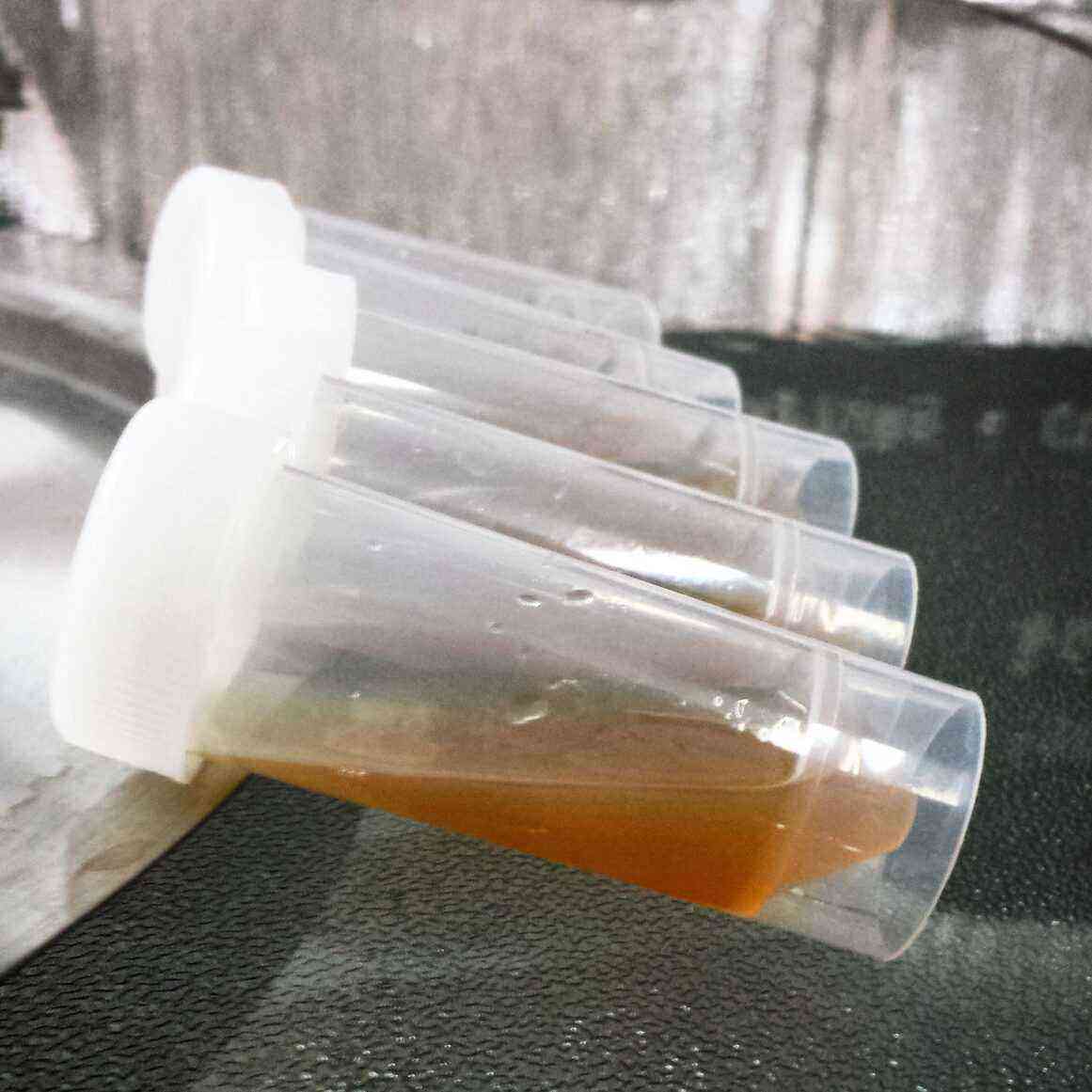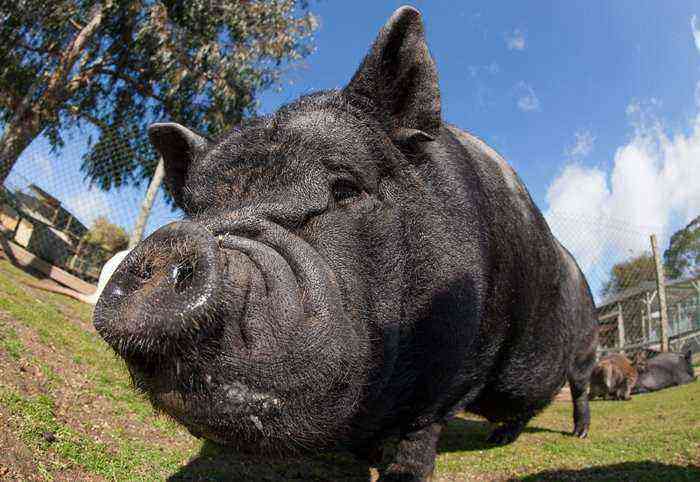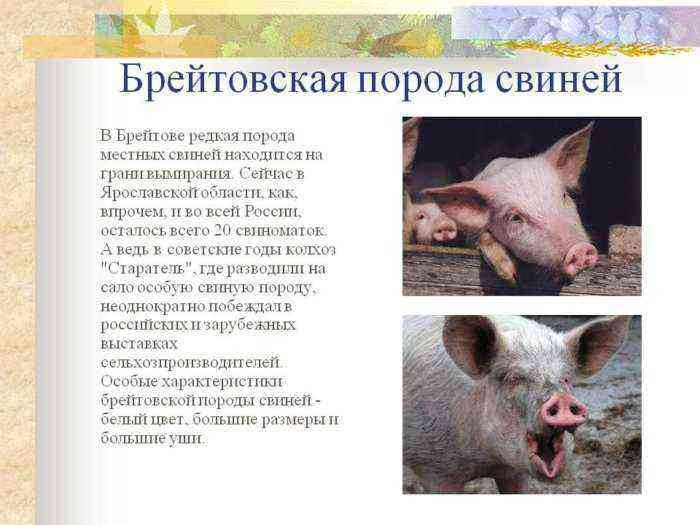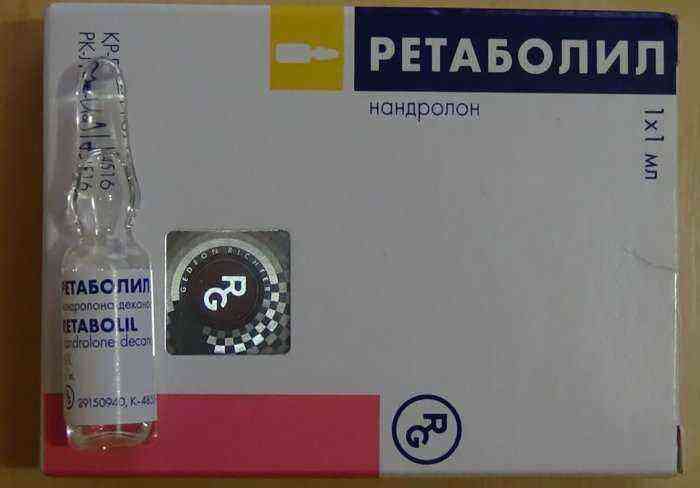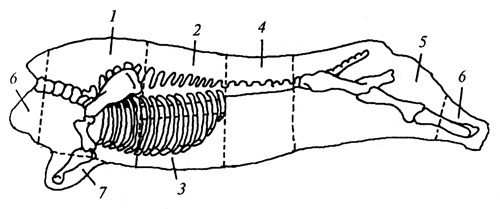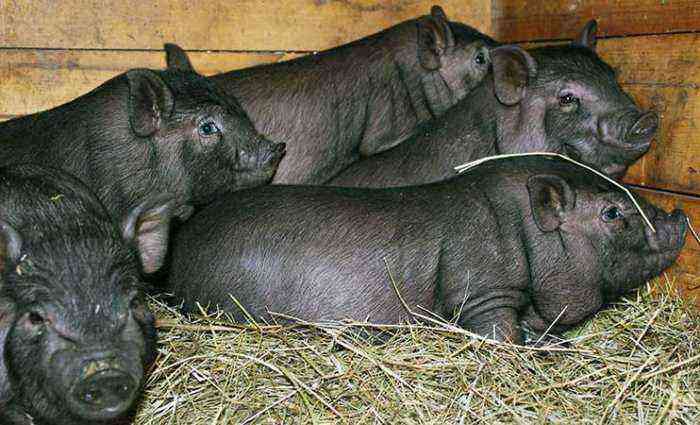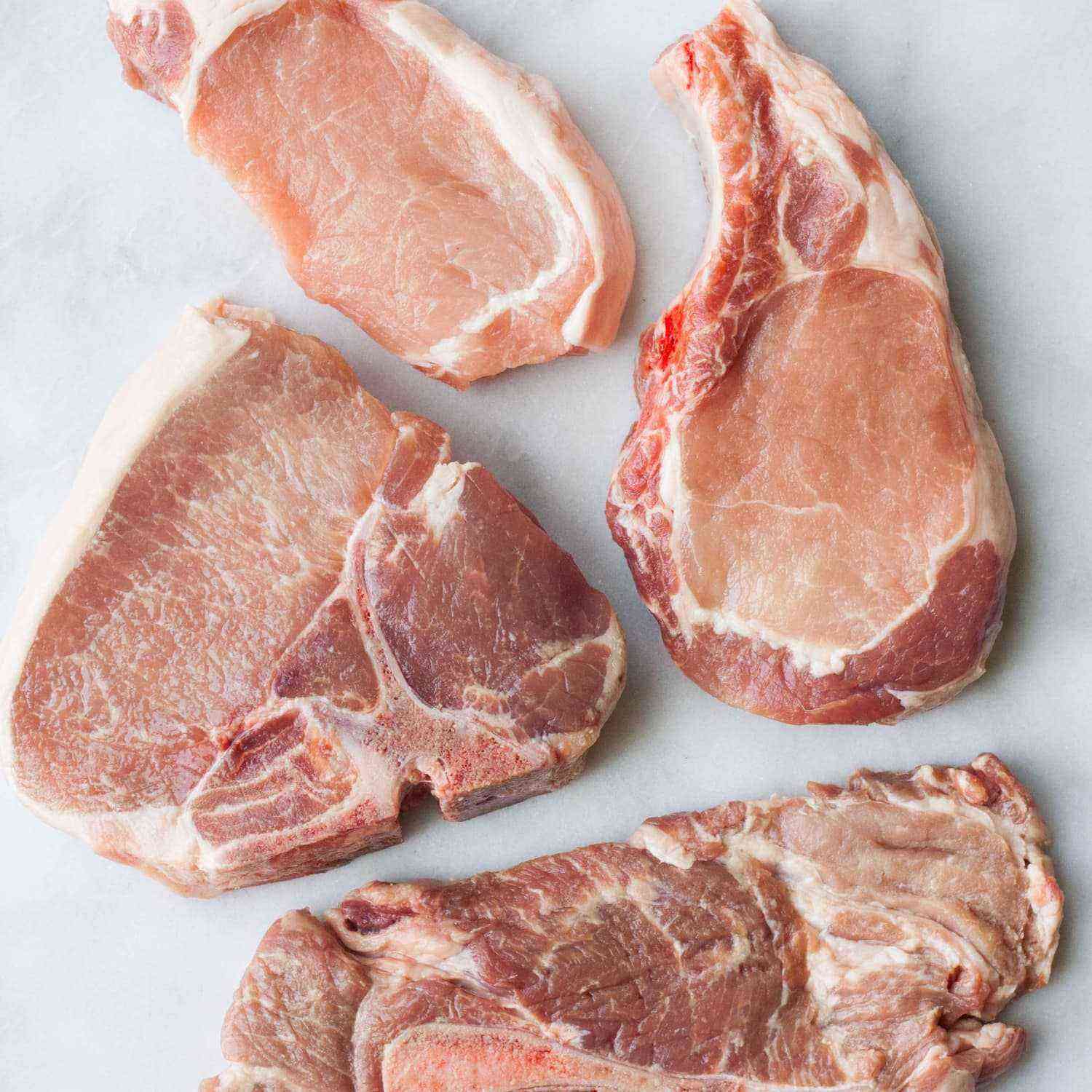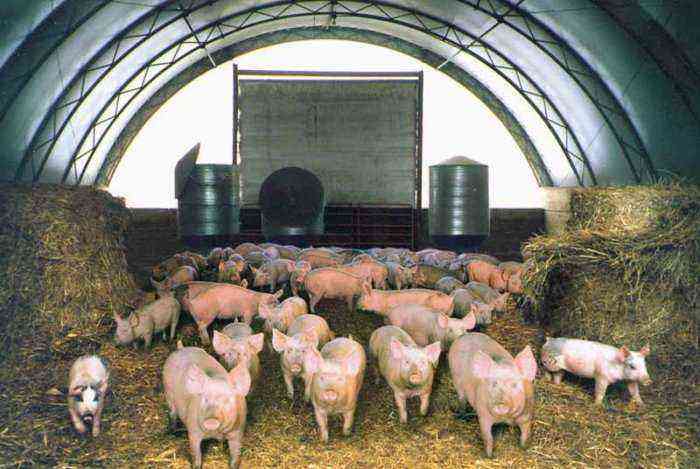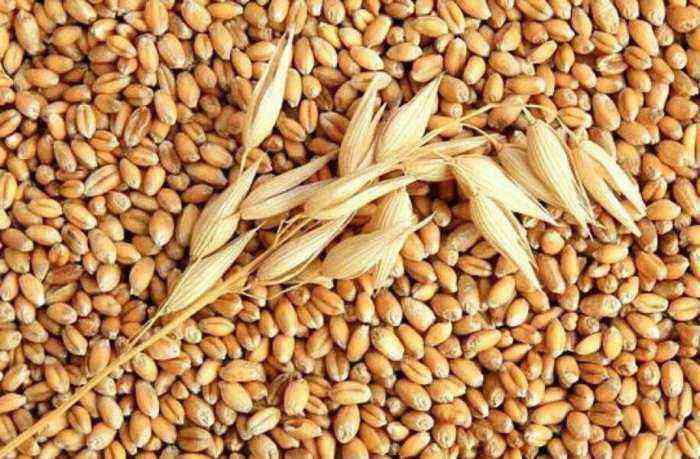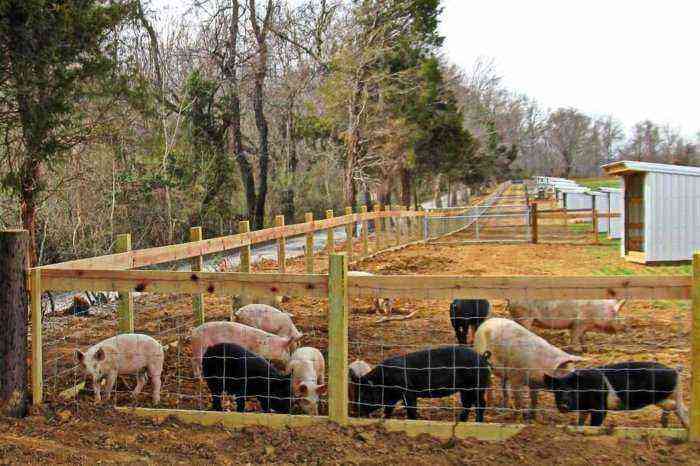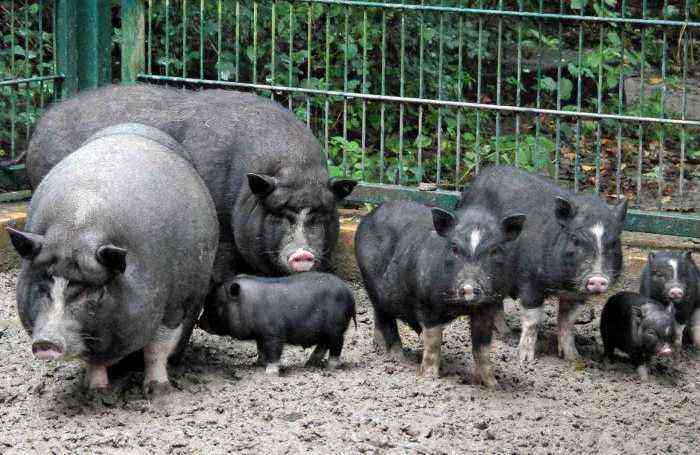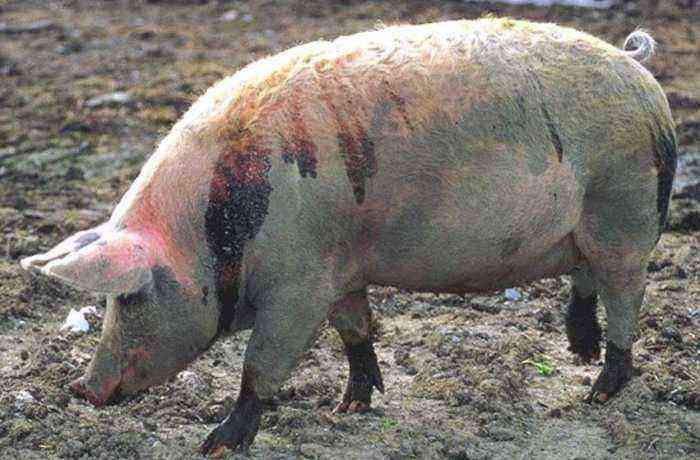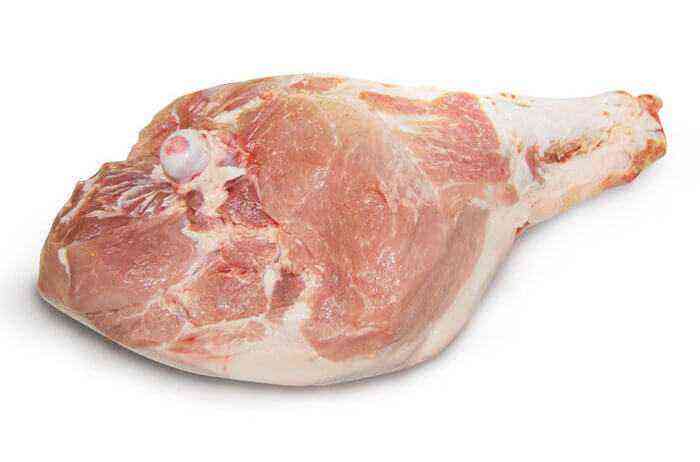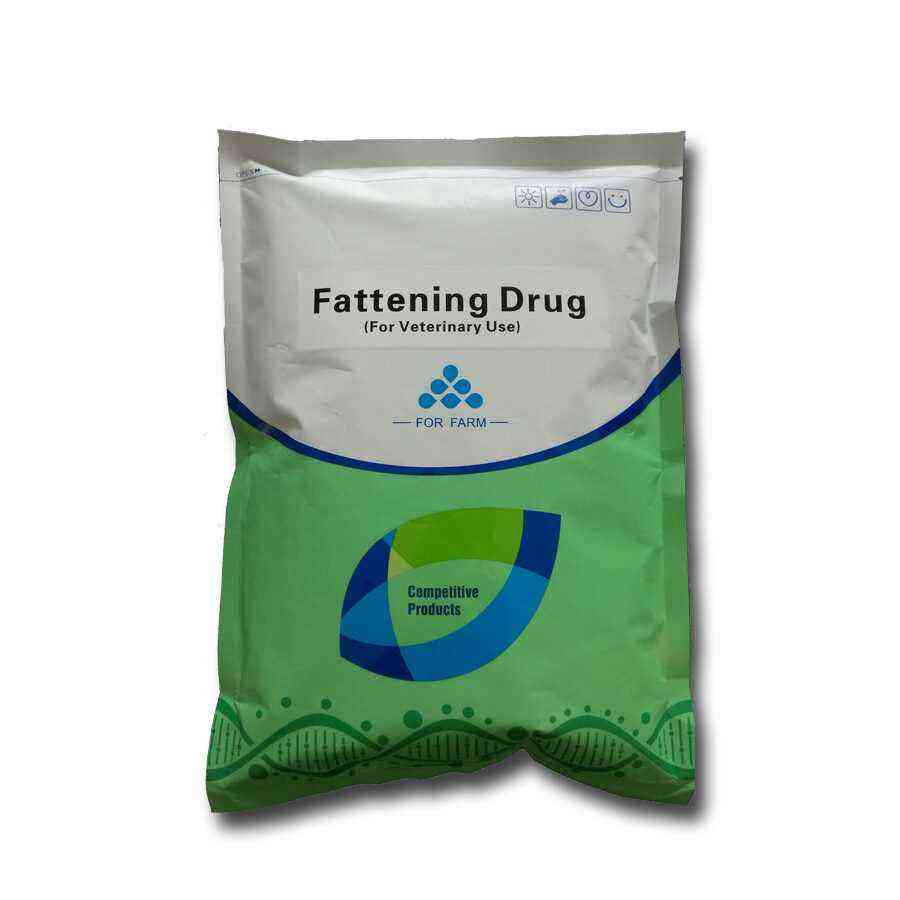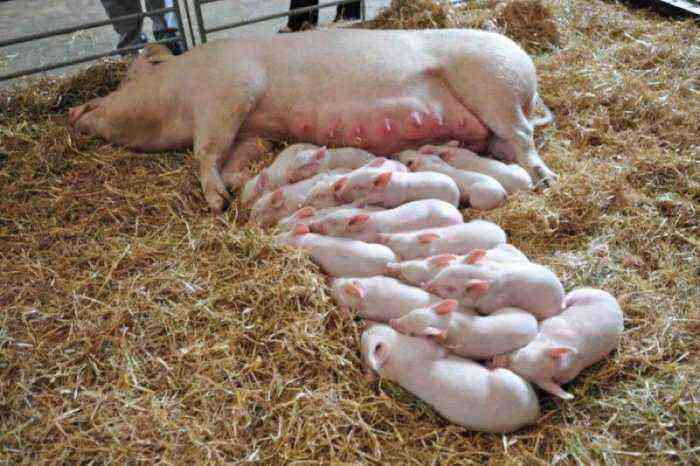In the course of life, each pig is faced with a couple, and sometimes a dozen diseases. Often, diseases are so minor that farmers simply do not notice them, as they pass on their own. Unfortunately, porcine esophagostomiasis is not “invisible” and may well lead to the death of the entire barnyard.
sick pig
What is the disease and its symptoms
This disease often appears in small piglets, under the age of 2 months, this is due to the slight acidity inside the stomach. Therefore, nematodes, the causative agents of the disease, enter the large intestine along with food, where they stick with the help of papillae and begin to grow, and after 2 months create new offspring.
Almost every pig breeder knows what esophagostomiasis is, but not everyone can identify it. In this disease, the symptoms are similar to any other, whose cause is nematodes or other types of worms. There are 4 stages in total:
- During the first stage, the piglet simply stops gaining weight and generally changes in size in any way. The growth of not only the fat layer, but also bones and muscles stops. This happens because the animal’s body sends all the forces to suppress intoxication.
- After 2 weeks, stage 2 begins, during which no changes externally occur. The pig is still not growing. For 2 weeks, the nematode larva grows to an adult, up to 5,5 mm long, finds a more secluded place in the caecum and lays eggs. Often the first egg laying in worms is unsuccessful and all embryos are stillborn.
- Next comes the stage at which most farmers already notice the disease. Piggy abruptly begins to lose weight, cease to be active and her appetite completely disappears. Purulent deposits, bruises or bags under the eyes are also possible. All these are signs of the ill-fated intoxication of the body in an animal.
- During the last stage, the pig completely loses the ability to move, bedsores or even dead tissue appear. Purulent peritonitis is possible. At this stage, it is no longer possible to help your wards.
Diagnostics
If you have the slightest suspicion that even just 1 piglet is infected, you should contact a specialist as soon as possible. First of all, he is obliged to take stool samples for analysis. Until the moment when you know the results of the study, it will not be superfluous to fence the “sick pig”.

Sick pig in quarantine
It is desirable that the pigsty has a hard surface, as it is easier to clean from the droppings, through which the nematodes pass from one pig to another.
It is not difficult to find signs of the disease after death, if it occurs due to esophagostomosis, a large number of clutches with eggs can be found in the rectum.
Treatment
As already mentioned, the treatment of piglets is possible only at the first, second and third stages. And this is even if you do not take into account the fact that already by the third, worms find the most secluded corners of the caecum, where the drugs almost cannot get.
Due to the fact that this species is not affected by medical drugs aimed at destroying the nervous system of the parasite, the most effective are:
- Phenothiazine;
- Nilverm;
- Chlorophos.
Important! Dosages for all drugs should be calculated by the veterinarian on their own, based on the weight of the piglet. Do not try to exceed the dosage or, in case you miss a dose, give a double dose the next time. All this can lead to the rapid death of the animal.
Prevention
The main and most important preventive measure is the observance of sanitary standards. Between pigs, nematodes can only be transmitted through food or water, so if you isolate a sick animal in time and keep the pigsty clean, the chance of infection of all wards is minimal.
In extreme cases, 2 times a year, in spring and early autumn, it is necessary to inject a weak anthelmintic. So you can defeat the disease, even if the disease is already developing in the first stage.
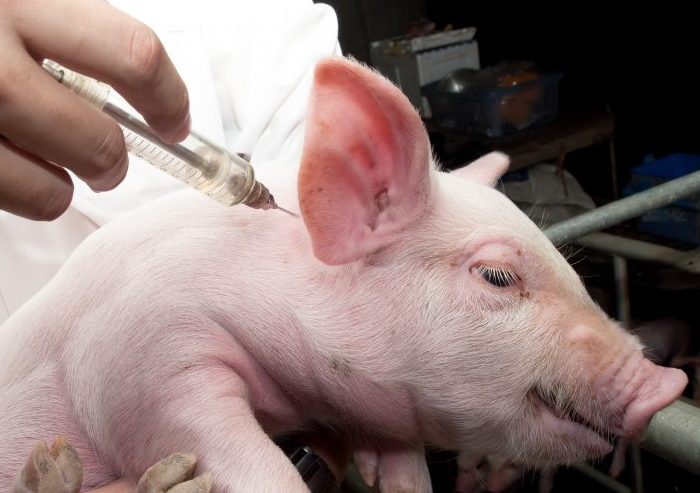
It is necessary to prick a weak anthelmintic
Regular, monthly replacement of all bowls, weekly cleaning of the pigsty from waste and stale hay will not be superfluous.
In rare cases, even disinfection with iodine monochloride will help.
Conclusion
Esophagostomiasis is a serious disease that can lead to the extinction of your entire barnyard. It is much easier to invest in relatively cheap prophylactic anthelmintics once every six months than to spend a lot of time and money on treating animals later.
